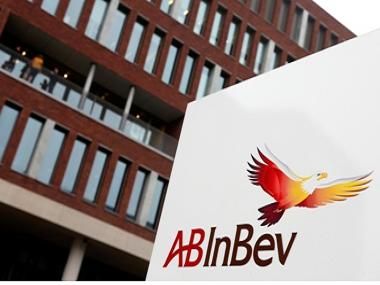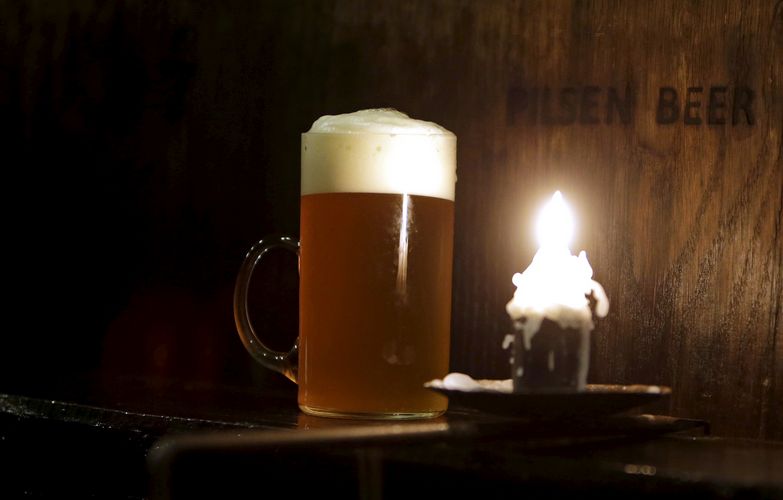AB InBev etched its name in the record books last week with a US$110bn order book – the largest ever – for its US$46bn bond to help finance its acquisition of rival SABMiller.
The seven-tranche bond ended up just shy of the record US$49bn issue that Verizon sold in 2013, but it was still bigger than the US$40bn market players had been expecting.
Leads Bank of America Merrill Lynch, Barclays and Deutsche Bank, with joint books Mitsubishi UFJ, Santander and Societe Generale, will surely be pleased with the deal’s success.
Not only are they in line to share US$200m–$250m in fees, according to fee tracker Freeman & Co, but they – and other banks – should now have an easier time with other M&A trades coming down the pipeline.
“If you are a large cap company which is looking at an acquisition that involves a massive amount of debt financing, this successful InBev transaction would give a lot of comfort,” said a senior banker close to the deal.
With this financing out of the way, the known M&A bond pipeline is over US$170bn, according to banker estimates.
“AB InBev tightened price talk quite aggressively but still got demand in excess of US$100bn, even when equities were off and risk assets were struggling”
Worries about China, commodities and other headline risks had led to the primary market starting 2016 in uncertain mood, even on the heels of a record US$1.269trn of issuance in 2015.
But the AB InBev whopper just may have changed the tone.
“There is stress in credit markets, but there is cash for the right deal and InBev is a good example of that,” Neil Sutherland, a portfolio manager at Schroders, told IFR.
“It tightened price talk quite aggressively but still got demand in excess of US$100bn, even when equities were off and risk assets were struggling.”
True to their word
Several observers said AB InBev’s record was one of the main reasons for the successful transaction.
“The management team have delivered time and again on deleveraging targets in prior acquisitions,” a second banker close to the deal said. “This has helped the company win a strong following among investors.”
Backing the more than US$100bn SABMiller acquisition with a record US$75bn syndicated loan also created flexibility for the company and gave comfort to potential bond investors.
“They had just US$30bn in short-term bridges to bonds, and the rest were in longer-dated term loans – unlike acquisitions backed by a large short-dated bridge,” another banker said.
AB InBev’s access to a wide variety of markets and currencies also made it possible for the company to approach the US dollar market more opportunistically.
Smooth
The new bonds helped establish a smooth maturity curve for the company.
The biggest tranches were the 10 and 30-year chunks, each sized at US$11bn. They were launched at Treasuries plus 160p and Treasuries plus 205bp respectively – 20bp inside where the deal was first marketed.
AB InBev also priced a US$4bn three-year at Treasuries plus 85bp; a US$7.5bn five-year at plus 120bp; a US$6bn seven-year at plus 150bp; a US$6bn 20-year at plus 190bp; and a US$500m five-year FRN at three-month Libor plus 126bp.
The massive demand allowed leads to ratchet in pricing from initial thoughts to launch by 15bp–35bp across the tranches, which many observers saw as a solid result.
That still left AB InBev paying 10bp–20bp in new-issue concessions on the longer-dated bonds. That is a considerable premium for such a well-regarded corporate credit, but it was nevertheless cheap for the borrower, with the yield on the 30-year tranche coming in at less than 5%.
“The company has achieved better pricing, but they’ve still left enough money on the table for investors to make it attractive enough,” said Roger Webb, an investment director at Aberdeen Asset Management.
“We know we’re buying at the high point in leverage and the company will be focused on bringing that down,” Webb said. “That’s good from a credit point of view, especially when they are financing at such attractive levels.”
Spreads on the new bonds traded slightly wider early on Thursday morning, but quickly moved inside reoffer levels.
Smaller bonds in euros and sterling, and possibly even Canadian or Australian dollars, may still follow.
“Given their asset mix and revenue streams, it would make sense for the company to have mixed liabilities,” Webb said.
Coup
The deal is clearly a huge coup for the active leads. BAML and Barclays can now boast of being the only banks present at the top level on both of the two biggest bond deals in history (they were active leads on the Verizon trade with JP Morgan and Morgan Stanley).
“These kind of transactions give an indication of the sheer scale of the M&A refinancing wall that needs to be completed in 2016,” said John Langley, head of global finance & risk solutions at Barclays. “Conditions remain favourable for now but borrowers need continued best advice and execution for deals of this size in order to navigate markets which can move dramatically and at speed.”
All three active leads won the InBev mandate in part because they are financial advisers to the company, while the big banks that lost out – JP Morgan, Goldman Sachs and Morgan Stanley – are advising SABMiller.

